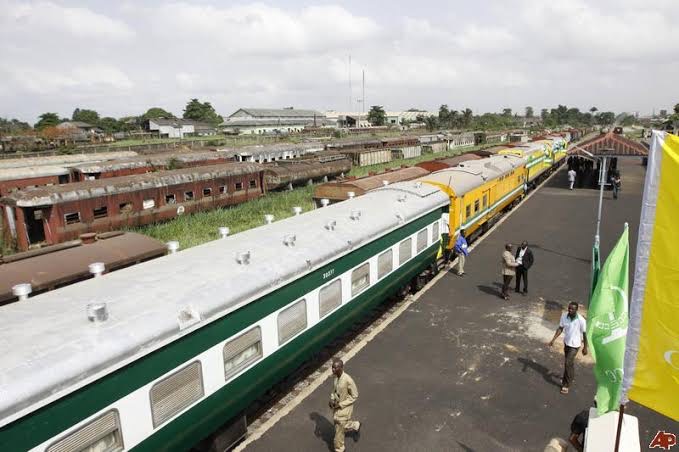As part of the efforts to diversify the mode of transportation in Lagos, the State Government will collaborate with the Federal Government on rail construction from Marina to Mile 2.
According to Frederic Oladeinde, the Commissioner for Transport, the first 12km of the Blue Line rail project -which stretches from Marina to Mile 2- will become operational in 2022.
“From Mile 2 to Marina takes about two hours right now, by the time we implement that it will take 30 minutes,” Oladeinde said.
“The Red Line is also a very important project which this government has embarked on. It’s very important because that corridor caters for about a million trips and with the fact that the federal government is building that corridor to actually develop the Lagos-Ibadan rail line, the Lagos state government saw the advantage in collaborating with the federal government in sharing that corridor.
“And so we have signed the sharing agreement, all negotiations have been done, the Lagos state government will be adding some more stations. The federal government are developing three stations, that’s Ebute Metta, Iju, and Agbado.
“Lagos state will be incorporating Oyingbo, Ikeja, Yaba, and some other stations just to be sure we are able to move people from Agbado to Oyingbo in 30-35 minutes rather than the 2-4 hours that people are experiencing right now.
“And once that Red Line is completed, it will be able to cater for 450,000 passengers per day. That line will eventually end up in Marina, but the first stage is to develop Agbado-Oyingbo section.”
The commissioner said the state government is open to private sector investment to develop the Green Line (Marina to Lekki Free Trade Zone), Orange Line (Ikeja to Agbowa), Yellow Line (Ota to National Theatre) and Purple Line (Redeemed to LASU) while a monorail would be constructed for Ikoyi and Victoria Island.
Oladeinde also explained that the state government will demolish more roundabouts and junctions to reduce traffic time and solve the problem of traffic congestion.
“You will discover that most of our roundabouts are now bottlenecks, rather than solving problems they are now creating problems,” he said.
“What the current administration has done is to locate all the 60 gridlock points, that is the roundabouts and junctions that are causing problems and what we are doing is to reconfigure most of them.”

